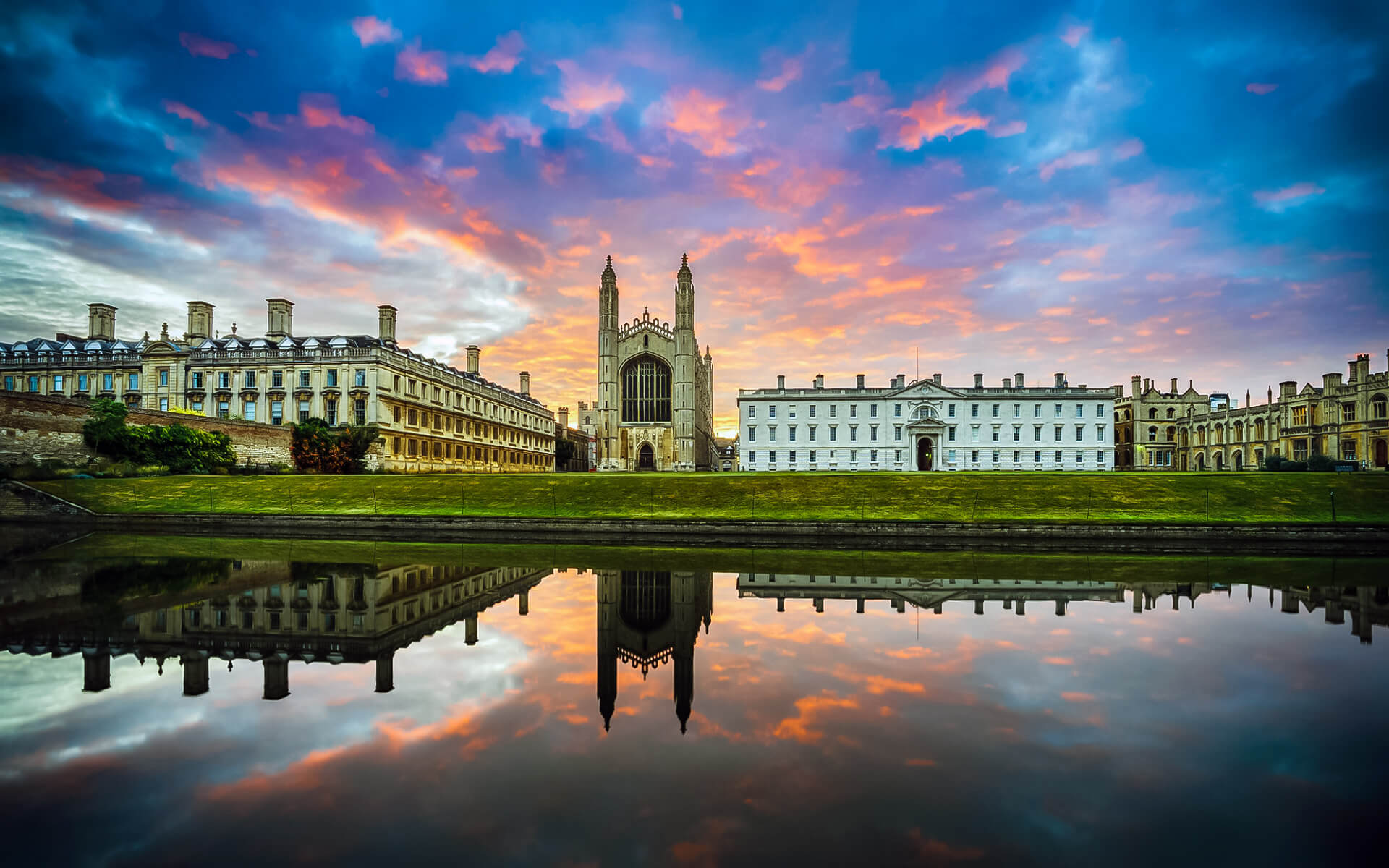Cambridge is a university city and the county town of Cambridgeshire, England, located 50 miles (80 kilometers) north of London on the River Cam. The population was 123,867 in 2011, according to the United Kingdom Census, with 24,488 pupils.
Archaeological evidence of occupancy in the region dates back to the Bronze Age and Roman Britain, and Cambridge grew in importance as a trade center during Viking control. Although the first town charters were issued in the 12th century, city status was not given until 1951.
The University of Cambridge, established in 1209 and ranked among the top five institutions in the world, is located in Cambridge. The Cavendish Laboratory, King’s College Chapel, and the Cambridge University Library are all part of the university. The final two structures, together with the spire of Our Lady and the English Martyrs Church, the chimney of Addenbrooke’s Hospital, and the St John’s College Chapel tower, dominate the Cambridge skyline.
With businesses like software and biotechnology, as well as numerous start-up firms spawned out of the university, Cambridge is at the core of the high-tech Silicon Fen. More over 40% of the workforce has a post-secondary degree, which is more than twice the national average. The Cambridge Biomedical Campus, one of the world’s major biomedical research clusters, will soon be home to AstraZeneca, a hotel, and a relocated Papworth Hospital.
The first ever game of association football was played at Parker’s Piece. Midsummer Common hosts the Strawberry Fair music and arts event, as well as the Midsummer Fairs, while Jesus Green hosts the annual Cambridge Beer Festival. Cambridge is close to the M11 and A14 highways, and Cambridge station is less than an hour’s train ride from London King’s Cross.


